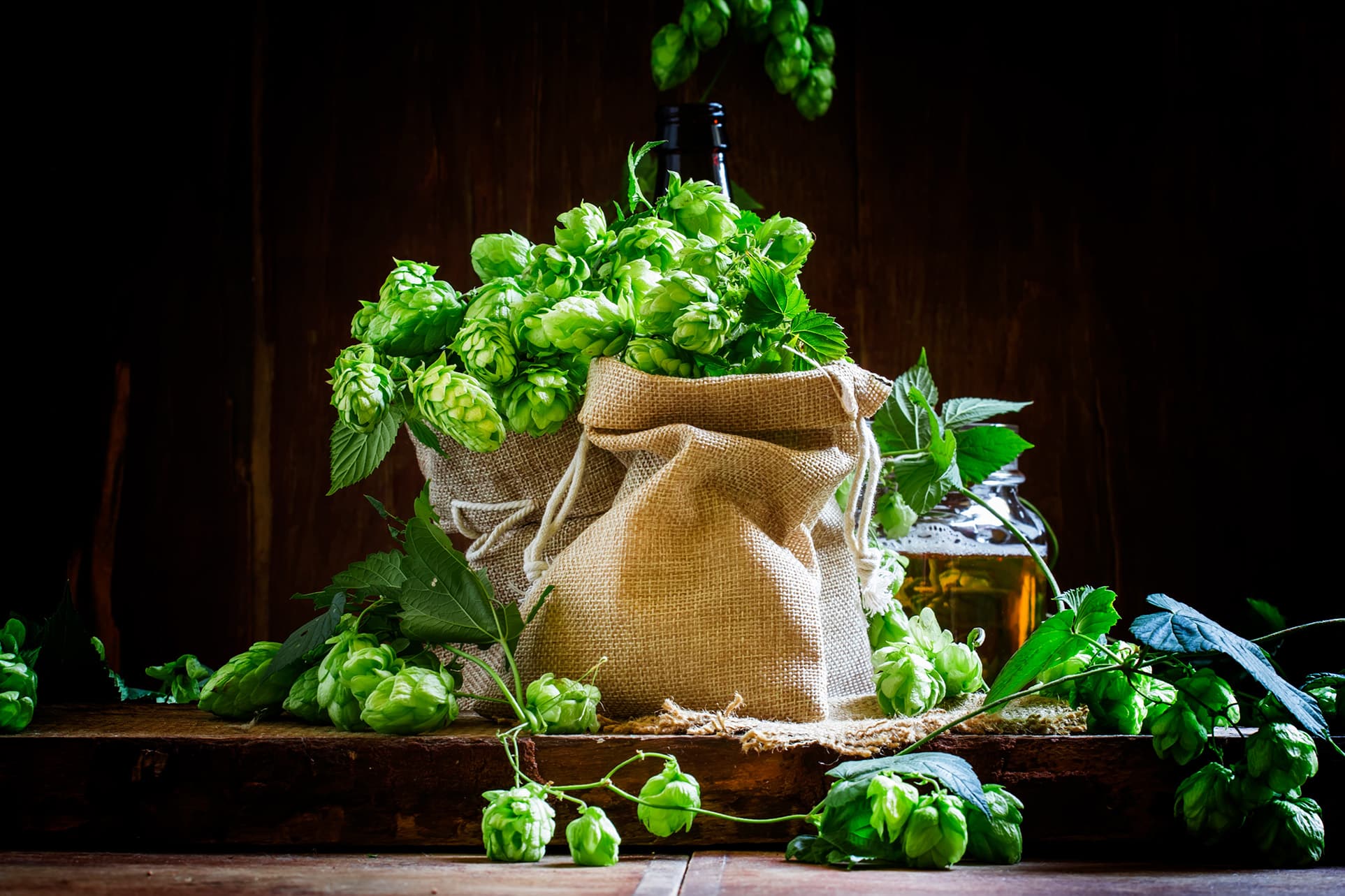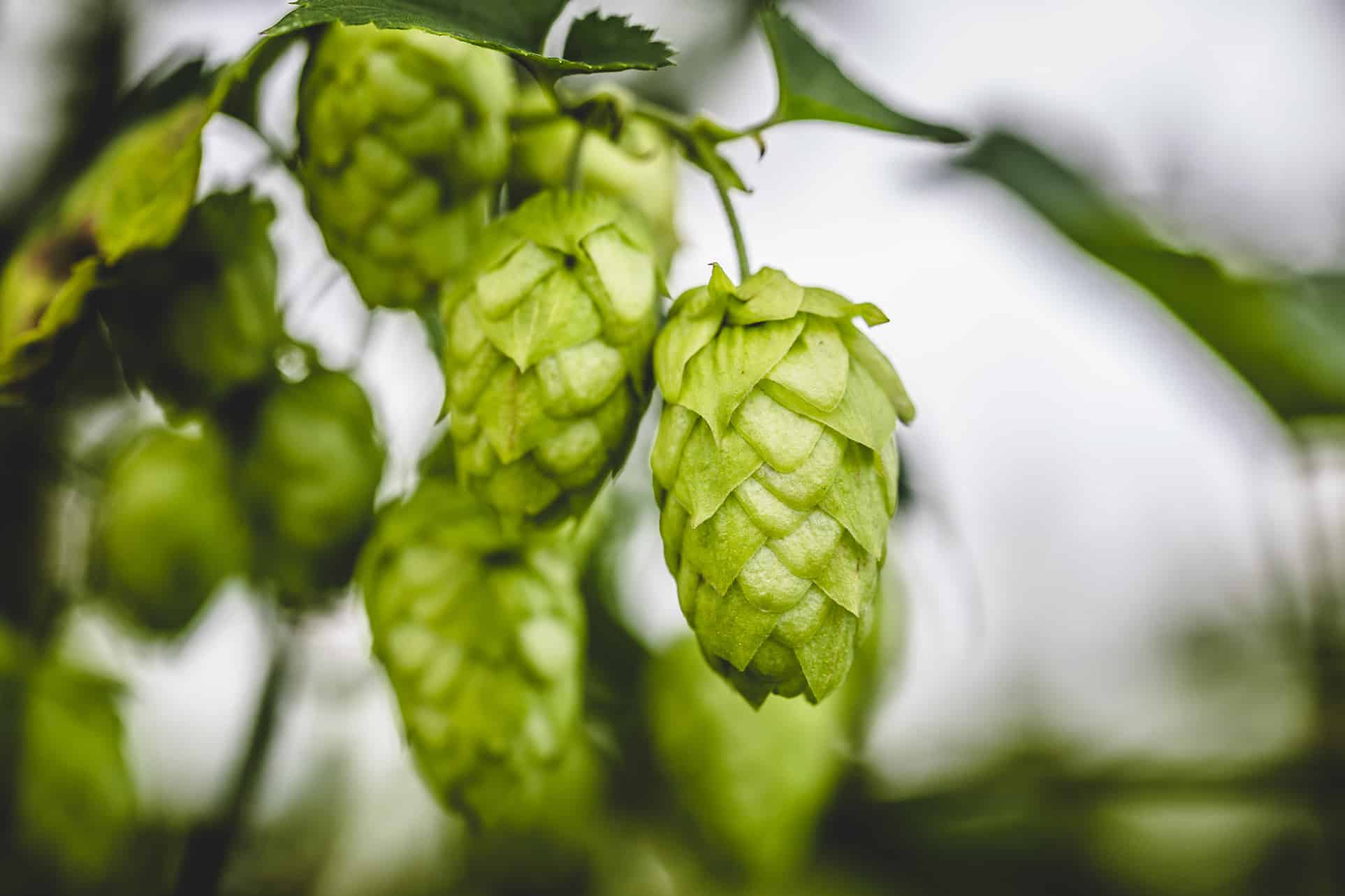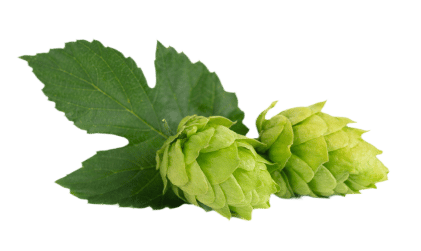INTRODUCTION OF THIOLS INTO HOP OILS
Hop oils, also known as essential oils, constitute between 0.5% to 4% of the hop cone, depending on the variety. The volatile chemicals that compose hop oils can be split into three groups: hydrocarbons, oxygenated compounds, and sulphur-containing compounds.
The sulphur-containing compounds are a small portion of the hop oils (less than 1%). However, their very low flavour thresholds have sparked interest in recent years as small concentrations of these analytes can potentially have a large impact on beer flavour.
What are Thiols?
Thiols, also known as mercaptans, are sulphur-containing organic compounds with a sulphur atom bound to a hydrogen atom. Some of these compounds such DMS have been related to unpleasant aromas. Though, the positive role of thiols has been highlighted in several papers and described as highly aroma-active in beer giving intense fruity and tropical flavours.
Scientists first identified thiols in hops in the early 2000s, focusing on three that winemakers had previously identified in wine. These more researched fruity thiols are 4MMP (blackcurrant-like), 3MH (grapefruit and gooseberry-like) and 3MHA (passion fruit-like) with certain varieties having a good amount of these in a Free form.
Examples of hop varieties with significant levels of 4MMP1
Nelson Sauvin™, Citra®, Chinook, Cascade, Centennial, Amarillo®, Simcoe®, Summit™, Hallertau Blanc.
Some work related to thiols levels is being carried out on the new highly aromatic Charles Faram hops, including Harlequin®, which will soon be tested and results published.
Free Thiols
Thiols are prominent in wines made from Sauvignon Blanc although they do not occur in grapes2. They are formed during fermentation from precursors present in grape must. In contrast, free thiols have been identified in many hop varieties with varying levels among varieties.
Bound Thiols
It was found that some of the thiols exist as precursors bound to amino acids/peptides in hops and as a result do not impart any flavours to the beer. However, they can be metabolised by yeast enzymatic activity during fermentation and lead to increased aroma. Note that research is on-going to determine the conversion efficiency of these compounds3.
Recently, studies on hop thiols contained in beer have attracted considerable attention as the potential of the thiol aroma compounds is extremely high. However, this has proven to be a challenge due to their low concentrations and high reactivity. The standards and instrumentation that are needed to measure them are expensive, and few laboratories have the equipment needed.
Some Current Scientific Research
Free vs Bound Thiols
Recently, Roland, et al. suggested that the form (free vs bound) in which thiols exist in hops may influence the way brewers use the hops throughout the brewing process to maximise their potential4. Hop varieties with a free potential would be more suitable for dry-hopping. Whereas hop varieties with a high bound potential would be more suitable for an earlier addition. This is to allow the enzyme β-lyase, which is produced by yeast, to release the bound thiols during fermentation. This needs to be investigated further with more brewing trials.
Thiol Potency indicator (TP)
Some research has been focusing on measuring Thiol Potency and generating a TP indicator based on chemical data and sensory perceptions. As Laurent Dagan, director at Nyséos Laboratory in Montpellier, France, explains that the aim is to find useful indicators to help Brewers in their decision-making for the most adequate hops4.
3MHA flavour threshold levels
In Toru Kishimoto’s paper5 it was revealed that 3MHA was synthesised during fermentation from 3MH and that it had a lower threshold value than 3MH. This study suggests that selecting yeast strains with a high ability to convert thiols from 3MH to 3MHA would be a useful strategy to increase the aroma impact of the beer.
These are illustrations of the studies recently carried out on the fascinating topic of thiols. As it is the case for any relatively new scientific subject the true potential impact of these compounds on beer flavour will only be determined over time when more research becomes available.
Rafik Abidi, Charles Faram
References:
1Janish, S (2019). The New IPA. A Scientific Guide to Hop Aroma and Flavor. ScottJanish.com
2Hieronymus, S (2018). The Complex Case of Thiols. Beerandbrewing.com.
3Hiroyuki, A., Yusuke, I., Takako, I. (2018). Behavior of thiols present in hop during brewing process under various brewing conditions. Brewing Summit 2018.
4 Roland, A.: A Powerful Analytical Indicator to drive Varietal Thiols Release in Beers: The “Thiol Potency”.
5Kishimoto, T., Morimoto, M., Kobayashi, M. Behaviors of 3-Mercaptohexan-1-ol and 3-Mercaptohexyl Acetate during Brewing Processes. Published online: 01 Feb 2018.







